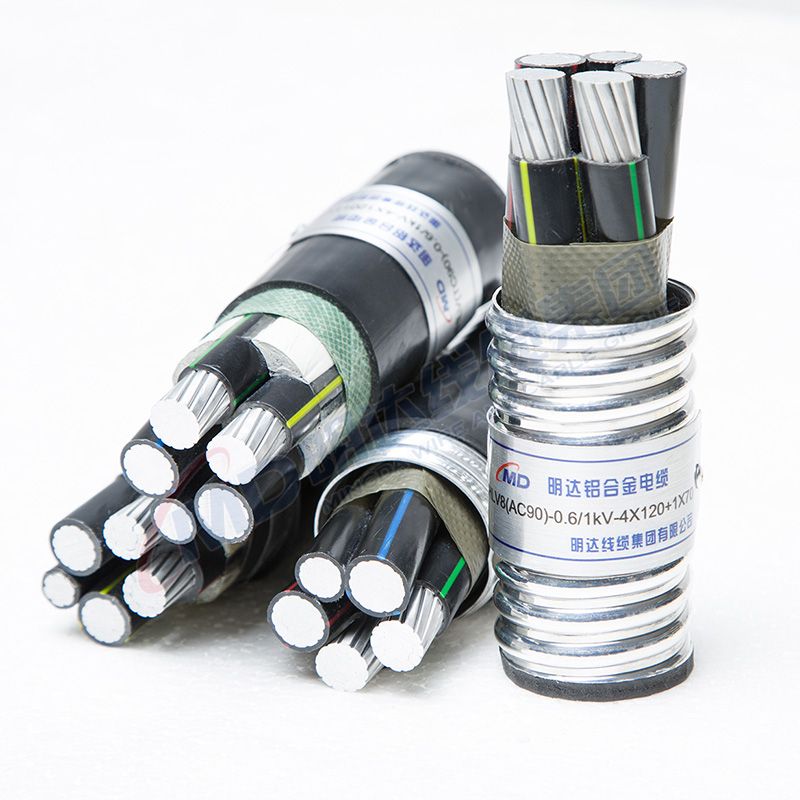10 月 . 17, 2024 06:09 Back to list
gate valve non rising
Non-Rising Stem Gate Valves An Overview
Non-rising stem gate valves are critical components in various industrial applications, primarily utilized for on-off control in piping systems. Unlike rising stem gate valves, where the stem ascends or descends as the valve opens or closes, non-rising stem gate valves operate with a stem that remains fixed in height throughout the operation. This design offers several advantages, making them a preferred choice in specific applications.
Design Features
The non-rising stem gate valve comprises a range of components, including a valve body, a gate (or disc), a stem, and an actuator. The key distinction lies in the stem’s movement; while opening and closing the valve, the spindle rotates but does not rise. This operation is typically facilitated through a wedge design where the gate is moved directly by the rotation of the stem, allowing it to slide vertically in and out of the flow path.
Since the stem does not rise, non-rising stem gate valves are particularly advantageous in applications where vertical space is limited. They are often employed in underground installations, tight spaces, or situations where the valve needs to be operated without altering the height of surrounding structures or equipment.
Applications
Non-rising stem gate valves can be found in various industries, such as water treatment facilities, waste management, petrochemical processes, and power generation. Their ability to provide a tight seal in both fully open and fully closed positions makes them suitable for high-pressure and high-temperature applications. Additionally, these valves are excellent for service involving slurries or liquids with varying viscosities, making them a versatile choice.
Advantages
There are several advantages to using non-rising stem gate valves, including
gate valve non rising

1. Space Efficiency Since the stem remains at a constant height, these valves do not require additional overhead clearance, making them ideal for installations where space is at a premium.
2. Reduced Maintenance Needs The design of non-rising stem gate valves minimizes the exposure of the stem to external elements, which can reduce wear and tear. This can lead to lower maintenance requirements over the lifespan of the valve.
3. Simple Operation They can be easily operated using handwheels, electric actuators, or pneumatic systems. Their straightforward design allows for quick and efficient operation without the complications that sometimes arise from rising stem mechanisms.
4. Reliable Sealing Non-rising stem gate valves are engineered to provide a tight seal when closed, which helps prevent leaks and maintains system integrity under pressure.
Considerations
Despite their advantages, selecting a non-rising stem gate valve requires careful consideration of specific operational parameters. It is essential to assess the media type, temperature, pressure, and application requirements to ensure that the valve material and design are suitable. Compatibility with the piping system, particularly concerning flange types and sizes, must also be reviewed.
Moreover, the valve's actuation method is another vital consideration. While manual operation is common, larger systems may require automated solutions to ensure optimal functionality and efficiency. Installing limit switches or sensors can help monitor valve position and enhance safety.
Conclusion
Non-rising stem gate valves play a vital role in many industries where efficient flow control and reliability are paramount. Their unique design allows for effective operation in constrained spaces while providing a robust solution in various applications. By understanding the features, advantages, and considerations associated with these valves, engineers and operators can make informed decisions that enhance system performance and longevity. Ultimately, the right valve selection will contribute significantly to the efficiency and safety of fluid process systems.
Share
-
Understanding the Differences Between Wafer Type Butterfly Valve and Lugged Butterfly ValveNewsOct.25,2024
-
The Efficiency of Wafer Type Butterfly Valve and Lugged Butterfly ValveNewsOct.25,2024
-
The Ultimate Guide to Industrial Swing Check Valve: Performance, Installation, and MaintenanceNewsOct.25,2024
-
Superior Performance with Industrial Swing Check Valve: The Essential Valve for Any SystemNewsOct.25,2024
-
Industrial Swing Check Valve: The Ideal Solution for Flow ControlNewsOct.25,2024
-
You Need to Know About Industrial Swing Check Valve: Functionality, Scope, and PerformanceNewsOct.25,2024